The Leadership Value Equation: Quality Care at Reasonable Cost
November / December 2012
![]()
The Leadership Value Equation: Quality Care at Reasonable Cost
Effective quality programs require leadership engagement. External pressures such as healthcare reform, pay-for-performance reimbursement, value-based government purchasing, public reporting of outcomes, Sarbanes-Oxley Act corporate responsibility requirements, state laws regarding corporate oversight, the Joint Commission leadership standards, the Institute for Healthcare Improvement’s campaign for “Getting Boards on Board,” and the American Hospital Association’s governance principles have brought the value equation between the quality and financial aspects of healthcare into sharp focus (Figure 1).
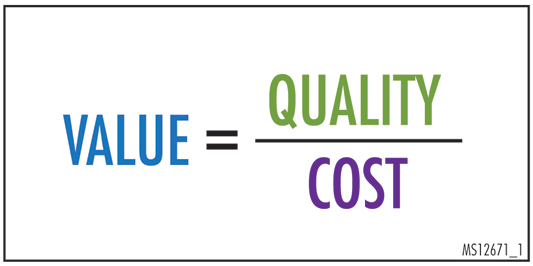
Figure 1. The Value Equation
The value equation is critical today. Purchasers from patients to insurance companies to government programs of Medicare and Medicaid are demanding that healthcare systems provide value. The value equation requires high quality for reasonable cost.
In addition, high-quality care is like a three-legged stool (Figure 2). You must have a culture of quality, safety, and continuous improvement; active and ongoing measurement and reporting of performance results; and a systems approach to improvement and solutions. If one of the legs of the quality chair is broken, the stool falls.
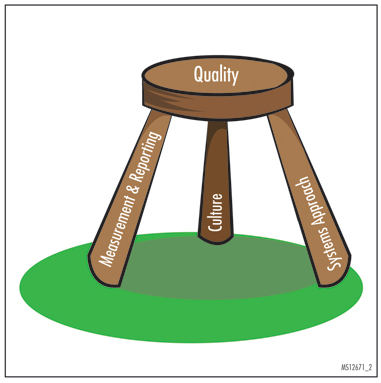
Figure 2. The Three-Legged Stool of Quality Care
A recent Institute of Medicine (IOM) report, Best Care at Lower Cost: The Path to Continuously Learning Health Care in America, advises that leadership needs to create learning healthcare systems in order to provide better care at lower cost. In addition, IOM states that the problem is not that healthcare providers need to work harder or do better but that the systems need to be available to support better care. The report provides a stark picture of how other industries would perform if they operated at the same level as the healthcare industry: automated teller machine (ATM) transactions would take days or longer as a result of unavailable or misplaced records; carpenters, electricians, and plumbers each would work with different blueprints, with very little coordination; product prices would not be posted, and the price charged would vary widely within the same store; depending on the source of payment, warranties for cars that require manufacturers to pay for defects would not exist, and as a result, few factories would seek to monitor and improve production line performance and product quality; and each pilot would be free to design his or her own preflight safety check, or to not perform one at all. The authors of the report state that “Americans should be served by a health care system that consistently delivers reliable performance and constantly improves, systematically and seamlessly, with each care experience and transition.” They note that today more than ever, it is possible to meet these demands because of the availability of healthcare information technology, information connectivity, advances in organizational management such as systems engineering, and patient-clinician partnerships. They conclude that achieving a “learning health care system—one in which science and informatics, patient-clinician partnerships, incentives, and culture are aligned to promote and enable continuous and real-time improvement in both the effectiveness and efficiency of care—is both necessary and possible for the nation” (Smith et al., 2012).
Some healthcare delivery leaders who were participants in the IOM Roundtable on Value and Science–Driven Health Care published an IOM discussion paper, “A CEO Checklist for High-Value Health Care,” which describes approaches that can be adopted by other healthcare leaders committed to providing high-value care. The vision put forth in the IOM report Best Care at Lower Cost serves as a basis of the Roundtable’s work. Multiple examples of successful leadership initiatives are shared in the discussion paper. The paper highlights one case of leadership engagement: the Kaiser Permanente (KP) Quality Systems Assessment (QSA) (Cosgrove at al., 2012).
KP’s leadership and board of directors already had a significant commitment to high-quality care. However, they wanted to know if their current quality systems were operating effectively. The board’s Quality and Health Improvement Committee commissioned the QSA process to serve as a gap analysis of their quality systems, including performance improvement, patient safety, risk management, resource management, and patient satisfaction.
The scope of the KPQSA included local, regional, and national levels in all KP regions, owned hospitals, and facilities. The assessment needed to include a review from the local level that extended upward to the board while simultaneously crosscutting through KP’s service areas, regional structures, and national structures.
The quality systems used throughout KP were based on what have been called the “Big Qs,” which were five defined quality areas that included quality, resource stewardship, service, patient safety, and risk management. Table 1 outlines a list of the general operational functions under each Big Q.
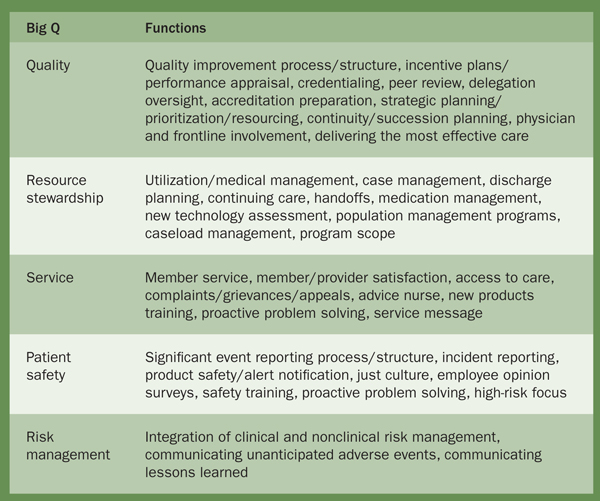
Table 1. Defined Quality Areas (Big Qs) and Their Operational Functions
The domains were a set of nine key elements selected by the QSA Steering Committee for use as a framework in assessing achievement within and across Big Q areas and within and across the regions. These domains were considered the essential elements for achieving excellence (Figure 3).
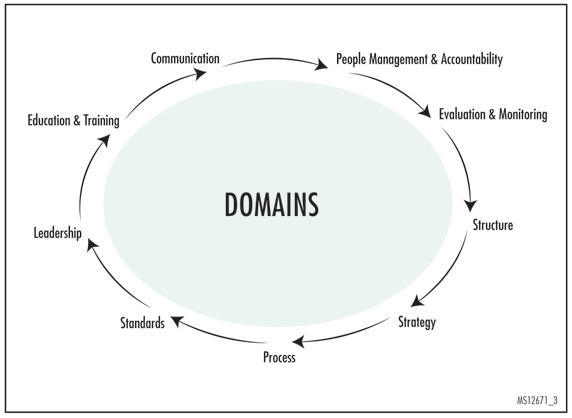
Figure 3. Domains as a Framework for Assessing Achievement
The achievement of excellence required attention from leadership to all of these domains. They were interrelated, and thus, the functioning within one domain affected the functioning in others. It was believed that for a quality system to be effective, quality program operational units must incorporate a core set of common elements and principles into their conduct of business.
To underscore the importance of the domains, an overlay was used based on IOM’s six aims for healthcare improvement (Table 2), which provided some additional structure within which the assessment was performed (IOM, 2001).
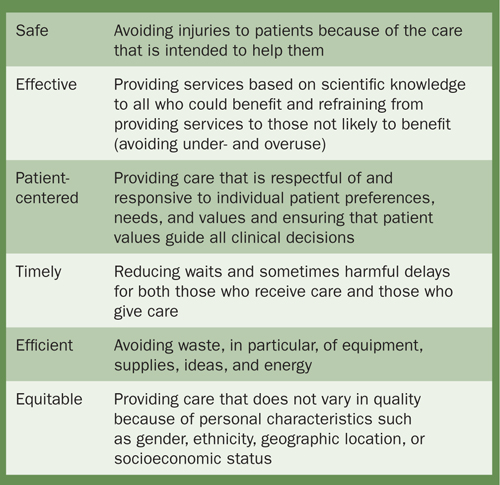
Table 2. IOM Six Aims for the Ideal Healthcare System
To summarize, the circle of quality was comprised of the five quality systems, the nine domains, and these six aims for improvement.
The overarching goal of the KPQSA process was to assess whether quality reporting to the board of directors was robust and served as a proxy for the evaluation of program-wide quality and service performance. Specifically, the objectives included the following:
- Inventory of the quality system structures and processes currently in place.
- Assessment of the robustness, integrity, and linkages of the quality systems (Are they operational as designed? Are they effective? Are they periodically updated? Are they linked to other quality systems and operations to promote action?).
- Identification of any gaps or redundancies in the structures and processes and the information they produce.
- Determination of steps needed to ensure that KP was meeting its definition of quality.
The team designed a three-phased, multidimensional assessment across all regions, which included document review, cross-sectional staff surveys (of leaders, managers, and frontline staff at all regions and at selected care delivery sites), and leadership interviews (Figure 4).
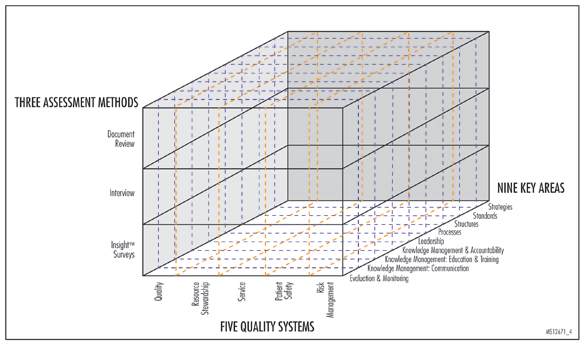
Figure 4. Framework for Kaiser Permanente’s Quality Systems Assessment
The document-review process provided evidence of which quality systems purportedly existed and how they related to each other. The interviews allowed leaders to provide qualitative information within each facility or geographic region and confirm document-review findings. Surveys allowed frontline staff, managers, and leaders within various healthcare settings to provide opinions regarding the quality structures from the bottom up, as well as from the top down. Survey responses provided evidence on how deeply and broadly the quality systems had penetrated the organization. The QSA examined key structural and operational attributes of KP’s quality systems in order to support the board’s fiduciary duties to ensure quality. Unlike an audit, there were no conformance standards and no pre-established thresholds for “actionable” findings. The QSA was not intended to evaluate outcomes of care at KP. Such outcomes were assessed by external entities such as the Joint Commission and the National Committee for Quality Assurance. Indeed, good outcomes do not necessarily serve as confirmation for good underlying quality systems.
While organizations may have excellent outcomes of care, there may nevertheless be quality system gaps that may impede the board’s oversight for the quality function.
Major Themes and Findings
The “language of quality” differed across facilities and geographic regions. A standardized definition and set of terminology was developed to promote the sharing of lessons.
The assessment identified opportunities in which standardized tools and protocols could be used in a way that would promote system-wide efficiencies without compromising the positive aspects of facility or regional autonomy.
Pressure to fulfill accreditation requirements often trumped quality improvement initiatives because accreditation, in and of itself, is often regarded as the primary quality strategy. While the dominating influence of accreditation efforts is understandable, it may inadvertently outweigh, and thus interfere with, the facilities’ or geographic region’s ability to achieve other important long-term governance and quality strategies.
Within facilities or geographic regions, there were opportunities for improving communications and knowledge management between administrative and clinical leaders and between leaders and staff. In response, the organization initiated a broad campaign of engagement and communication to deepen the understanding of the more than 100,000 employees of KP of the quality systems and performance.
The partnership with Kaiser’s medical groups was identified as a unique strength and offered KP significant advantages for collaboration and involvement.
Conclusion
While some of the QSA findings may have been altogether new, the real value of the QSA was to provide a tool that made existing knowledge explicit, understandable, and actionable. It also provided an organized framework for taking action and developing the board’s expectations on what is to be achieved.
National conversations occurred to determine the flow of decision making and goal setting. A national quality strategy was developed. The assessment provided a “road map” of the reporting, communicating, and accountability pathways in the organization upon which the organization was able to improve relationships between quality structures. As a result, a series of recommendations were made, including the use of whole-system performance measures, the establishment of direct communication between the regions and the board, the evaluation of performance through multiple reporting methods, and the differentiation of hospital versus health plan actions. KP developed the Big Q performance metrics dashboard—a comprehensive and integrated view of KP’s quality and service performance in six key domains: clinical effectiveness, safety, service, resource stewardship, risk management, and equitable care. KP caregivers and board members use the Big Q dashboard to track KP’s performance relative to national benchmarks, as well as trends over time (Cosgrove et al., 2012).
Barbara Rebold is the director for Healthcare Quality, INsight™ Assessment Services, and PSO Operations for ECRI Institute in Plymouth Meeting, Pennsylvania. She directs patient safety and risk and quality assessment and consulting projects. She was the lead program director working with Kaiser Permanente on their quality system assessment.
Alide Chase is the senior vice president for Quality and Service for Kaiser Foundation Health Plan, Inc., and Kaiser Foundation Hospitals. In close partnership with the Permanente Federation, the Permanente Medical Groups, and the regions, she oversees programs that support the development and implementation of the national quality agenda for Kaiser Permanente. Core work encompasses agenda development, including healthcare delivery, service, safety goals, and objectives that are incorporated into national and regional business plans, and development of appropriate measures for quality and health status to assess the impact of care on Kaiser Permanente members and the communities they serve. She was the lead on the KP Quality System Assessment in partnership with Dr. Weissberg.
Jed Weissberg serves as senior vice president, Hospitals, Quality and Care Delivery, Kaiser Permanente. In this role, he works in partnership with the Permanente Medical Groups, Kaiser Foundation Hospitals, and regional and national leaders to oversee Kaiser Permanente’s national quality agenda to ensure high-quality care and service to the organization’s members and patients. He leads Kaiser Permanente’s national quality and service department and clinical systems support team. He was the lead on the KP Quality System Assessment in partnership with Ms. Chase.
For more information on this article, direct all inquiries to Barbara G. Rebold at brebold@ecri.org.
References
